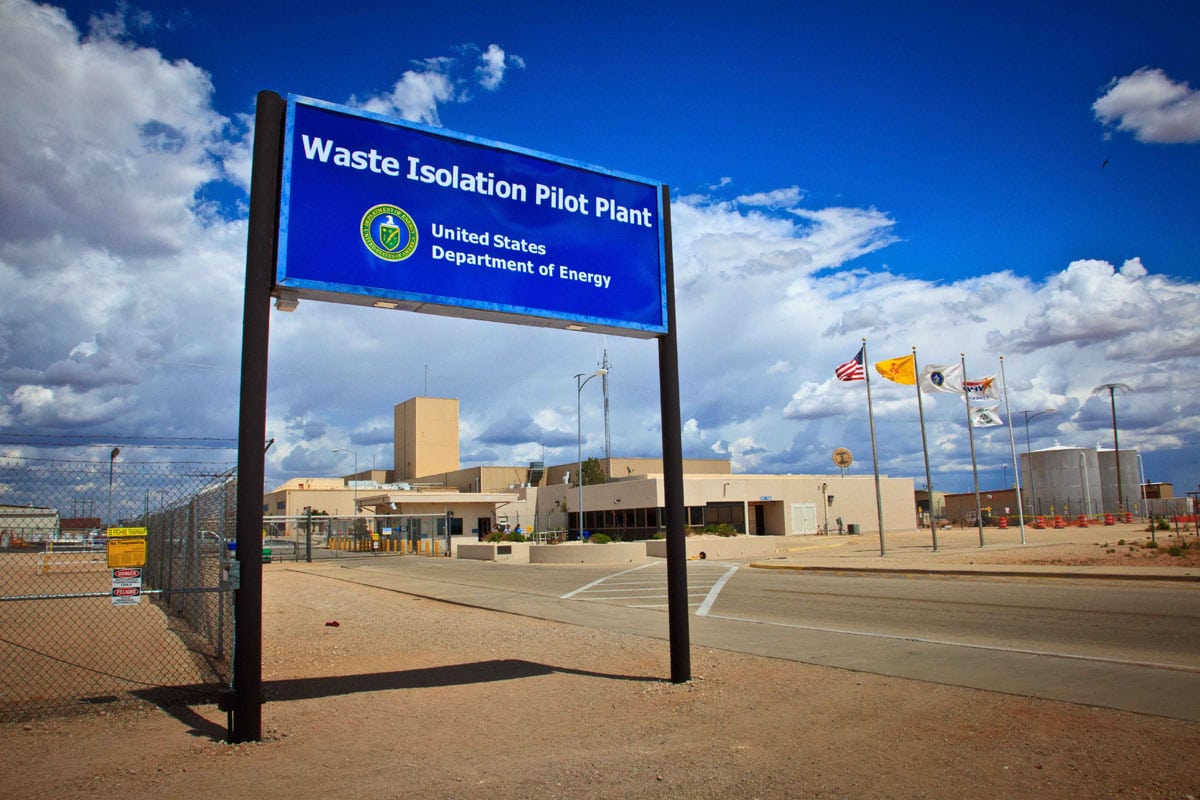
Weapons Complex Monitor Vol. 32 No. 02
Visit Archives | Return to Issue PDF
Visit Archives | Return to Issue PDF
Weapons Complex Monitor
Article 1 of 11
January 15, 2021
WIPP Prime Chided on Ventilation Project; Shipments Way Down During 2020

The Waste Isolation Pilot Plant near Carlsbad, N.M. plans to restart an old ventilation fan soon and was recently criticized by the Department of Energy for poor oversight of a major infrastructure project, according to a recently released scorecard.
The Waste…
Partner Content